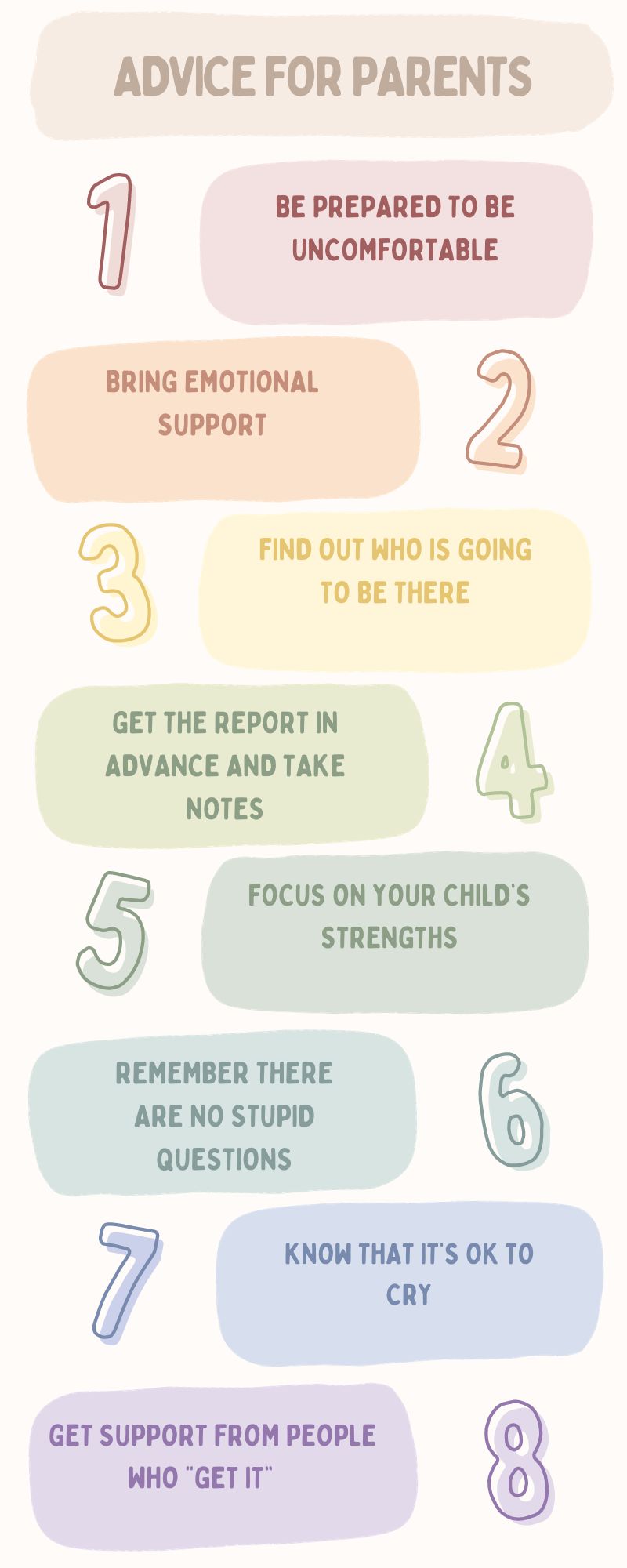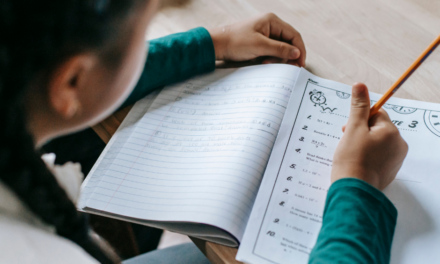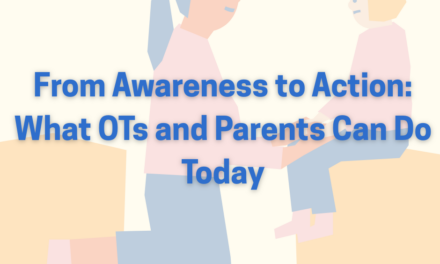Learning Objectives:
- Describe how pediatric stroke can impact learning
- Learn how schools can aid return to learning after stroke
- Describe how school professionals can monitor school reintegration after pediatric stroke
Advice for Parents:
- Be prepared to be uncomfortable
- Bring emotional support
- Find out who is going to be there
- Get the report in advance and take notes
- Focus on your child’s strengths
- Remember there are no stupid questions
- Know that it’s ok to cry
- Get support from people who “get it”
A stroke can happen at any age. Educators in all settings from the classroom to the playing field to bus drivers need to know that children do have strokes. Stroke in youth has similar traits to conditions like seizures, concussion, dehydration, Bell’s palsy, and migraines. It is important for educators to consider stroke as an option. The longer it takes to diagnose and potentially treat the stroke, the greater the amount of brain tissue is lost. Once a stroke can be managed by medical professionals, then the road to recovery and rehabilitation begins for a child with a stroke. One focus of rehabilitation should be on returning to school.
School is an important focus for the young population and the preparation needs to begin before the child comes back to school. Each stroke has different effects based on the area of the brain impacted and the type of stroke. Therefore, each recovery process is different. Treatment and rehabilitation approaches for school will be recommended accordingly.
What happens to the brain after a young stroke?
The impact of the stroke depends on where in the brain it occurs, but all of them can create barriers to development. Therefore, they will need to be addressed for a successful return to school. The outcome may result in difficulties in areas including speech, vision, movement, learning, senses, and emotions.
P-C-A: Planning, Communication and Action

It is important for school and family to understand the child’s prior level of functioning before the stroke. This can be done through communication with medical professionals like a neuropsychologist, speech language pathologist, occupational therapist, physical therapist, psychologist and former teachers. This new baseline for the child’s abilities needs to be understood to determine workload and support needed.
IEP/504 planning:
In the United States, The Individuals with Disabilities Education Act (IDEA) is a law that gives access to free public education to eligible children with disabilities throughout the nation. It also ensures special education and related services to those children. This can be written in a 504 plan or a medically necessary, Individualized Education Plan (IEP). What is the difference between a 504 plan or an IEP? This online resource explains the difference in an easy to understand format.
The IDEA governs how states and public agencies provide educational help to more than 7.5 million (as of school year 2020-21) eligible infants, toddlers, and children with disabilities. Infants and toddlers up to age 2 with disabilities and their families receive early intervention services under IDEA Part C. Children and youth ages 3 through 21 receive special education and related services under IDEA Part B. This online resource formally explains what the IDEA is.
The school transition consists of faculty learning the signs of stroke and seizures as well as the child’s safety protocol. This includes but is not limited to the teacher, school nurse, school counselor, gym and music teacher, bus driver, secretary, and principal. The school is responsible for providing therapeutic support for the child who suffered a stroke with various therapies based on the 504 or Individual Education Plans recommendations. The 504 is a legal document that describes accommodations for the child. This includes the child, the parent, school counselor, the LEA, the teachers, and the principal. They are based on medical records with the team for comprehensive support.
Within 6 months post stroke, a neuropsychological assessment should be conducted by the school (or a referral made by the school) to measure attention and mental functions as well as intelligence testing, processing speed, problem solving, and more. A neuropsychology assessment is a study on your child’s brain and behavior.
The teachers and faculty might notice changes in the child’s mood and social skills post stroke. They may have newly impaired attention span and processing speeds for reading and writing. There might be additional challenges such as meltdowns and tantrums due to fatigue. The goal is for the child to regain quality of life. This includes accessibility to all education, driving, community integration, and more. The school is responsible for collecting data to ensure the successful outcome of the 504 plan or IEP support put into place. The document is legally binding which means it needs to be implemented as stated. However, the document is only helpful to the child if tests and supports are specific to the child’s unique needs.
Resources for Transitioning Back to School after Stroke
After a stroke, many children experience changes that impact them both physically and mentally. Because of these changes, children may need support when they go back to school. Children can learn more and have a more positive experience at school when caregivers are involved in their education. So it’s important for schools and caregivers to work together to make sure that the learning needs of the child are met.
Different countries manage special education and classroom support differently. Below are resources from around the world that will help you plan for your child’s return to school after a stroke.
We invite you to add to this list and share resources that helped your family transition back to school after a stroke. Please send suggestions to membership@internationalpediatricstroke.org.
Australia:
Students with disabilities – Australian Government Department of Education
Canada:
Navigating the World of Special Education – Canadian Pediatric Stroke Support Association
Understanding Education Rights in Canada – AIDE Canada
Germany:
Rehakliniken-Kindlicher-Schlaganfall
Spain:
Guías – Asociacion de Hemiparesia Infantil “Hemiweb”
Switzerland:
Schweizer Paraplegiker-Zentrum Nottwil
United Kingdom:
Returning to School after Stroke – Stroke Association
United States:
Education – Children’s Hemiplegia and Stroke Association
BrainSTEPs: An example of a successful school re-entry program for children with brain injury is which is available in Pennsylvania and Colorado.
Looking for more resources? Review the Resources section of our website for additional resources. We add any resources we receive from our readers here.
Read below for two parents experience returning to school after their daughter underwent emergency brain surgery and suffered a stroke-like event.
In September 2021, our daughter underwent emergency brain surgery and suffered a stroke-like event. This was followed by three months of recovery and therapy. Returning her to school filled us with apprehension about how both students and teachers would react to her altered physical appearance and emotional needs. Effective communication with the school became paramount.
Our daughter was preparing to return to her kindergarten class, sporting leg braces, glasses, and a bald head due to the surgery. We eased her back into school life by initially allowing her to attend a class session, where her friends could ask questions and reconnect. We later joined a holiday party and in January, transitioned her
to part-time, setting expectations through discussions with her teacher and school administrators.

Communication played a pivotal role. We maintained an open dialogue with her teacher, sharing home and academic challenges, and in turn, receiving valuable insights, celebrating achievements, and discussing areas of concern. At the year-end evaluation, we explored her best educational options, initiating an IEP evaluation and organizing meetings with the school administration and her new teachers.
However, challenges persisted. We were often consulted for recommendations and resources, even when our expertise was limited. Her young age made it tricky to distinguish age-related behaviors from those linked to her recovery.
Our primary focus remains advocating for her best interests in terms of environment and resources to ensure her success.
Learned Key Parent Recommendations:
- Prioritize scheduling an IEP evaluation.
- Familiarize yourself with the regulations governing different schooling options.
- Establish a clear communication plan with the school.
- Fearlessly request the specific support your child requires.
- Seek guidance when uncertainty arises.
References:
- https://www.understood.org/en/school-learning/special-services/ieps/navigating-iep-meetings
- https://www.understood.org/en/articles/the-difference-between-ieps-and-504-plans
- https://sites.ed.gov/idea/statuteregulations/
- IEP Meeting Tips for Parents: 8 Insider Tips on Navigating an IEP Meeting – YouTube
About the Author

Shelley Dean OTD, OTR/L
Pediatric Occupational Therapist
Email: shelley@crosswaytherapy.com
Medical Editor: Fiza Laheji, MD
Community Editor: David Perlman & Ingrid Votruba





